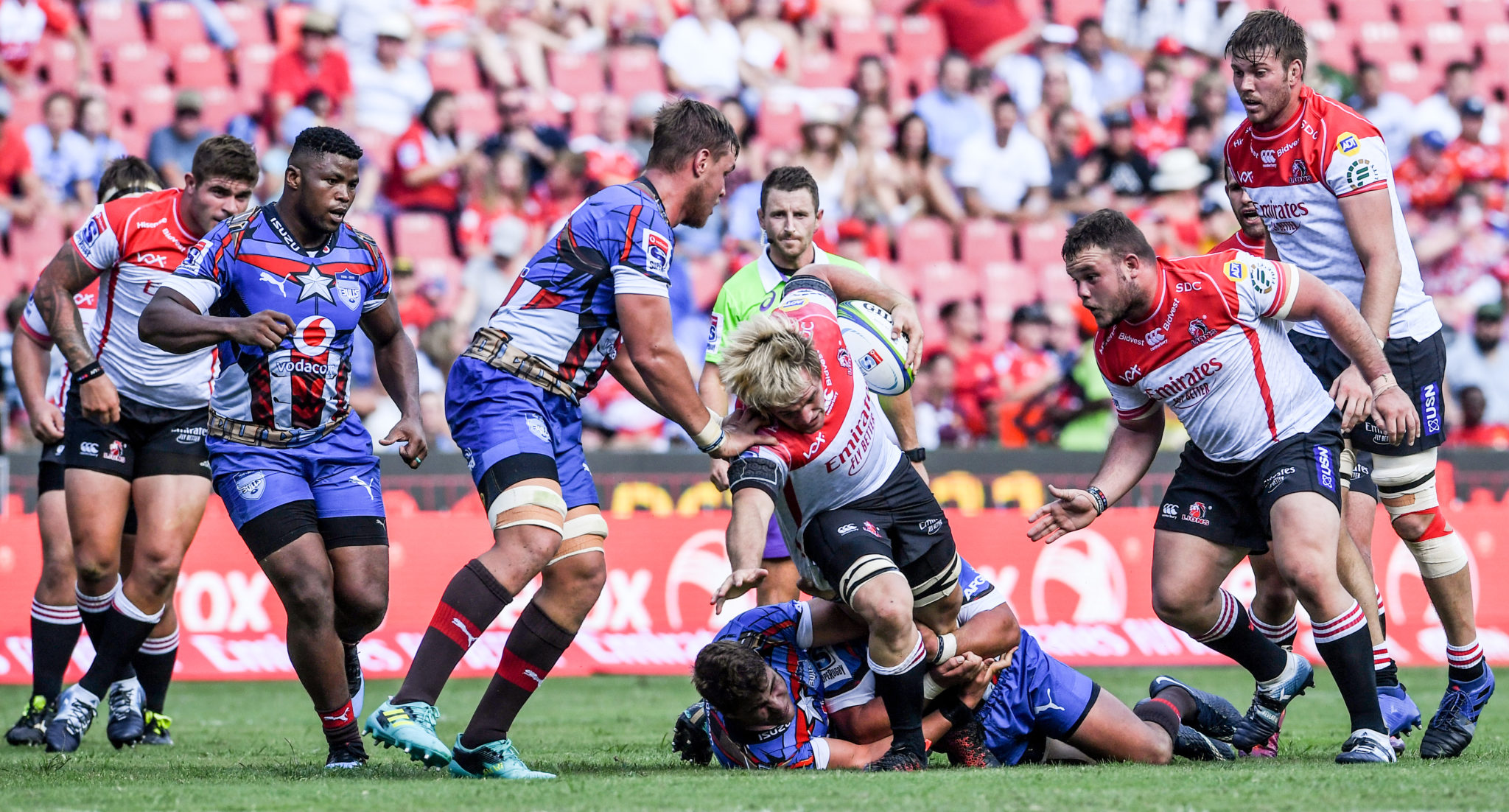Changes in the formation of the competition have had some unforeseen knock-on effects.
Super Rugby returned for the 2019 season last month but questions remain as to whether the southern hemisphere club championship is a competition on the rise or one that is slowly dying in popularity and relevance.
The competition was cut from 18 to 15 teams, in 2018, in a bid to make it more competitive, but that failed to create an improved product and the same issues of too many one-sided contests remained.
The field contains five sides from New Zealand, four each from South Africa and Australia, and one each from Argentina and Japan, who have been given a slot to try and grow the popularity of Super Rugby in Asia.
It is a complex competition that straddles 16 time zones with matches on four continents, leaving players exhausted and, especially later in the season, under-performing as a result.
Loading...
READ MORE | No Play Like E-Play For Former Springbok Rugby Player
Teams send under-strength squads to play some away matches, wary of the impact the travel will have on their players, and that means the paying public, or viewers on television, often get sub-standard entertainment and fixture outcomes that are too easy to predict.
Experts can debate the standard of the rugby on the pitch, and many agree it is declining outside of New Zealand, at least, and the reality is that people in South Africa and Australia, especially, are getting turned off.
Between 2015 and 2017 South African teams saw their gates diminish by 25% and in Australia, they went down 20% over the same period.
In 2017, Super Rugby matches saw, on average, stadiums filled to only 38.2% of capacity, meaning more than 60% of seats were vacant. Part of this is to do with bigger venues now being used, but it creates poor optics for viewers and potential sponsors when all you see are empty seats.
With a broadcast deal that is up for renewal in 2020, Super Rugby organizers need to come up with a plan to make it more entertaining and, if not quite get bums back on seats, get viewers more switched on to the product.
There had been widespread media reports that the competition could shed another unnamed side, possibly the under-performing Sunwolves of Japan, and drop to 14 teams. Governing body SANZAAR (South Africa, New Zealand, Australia and Argentina Rugby) say that while no decision has been made yet, they want clarity soon.
“We don’t have the luxury of time on our side and if there are going to be any changes to the competition structure we need to know what that is going to look like because we’ve got to start some face-to-face engagement with our broadcasters during the course of 2019,” SANZAAR Chief Executive Andy Marinos told The New Zealand Herald.
“We’ve done feasibility studies around putting teams in North America and the Pacific Islands and we’ve seen the metrics aren’t really stacking up for us at this point in time but that doesn’t mean we won’t look at taking our product into those markets in the form of regular season games or preseason friendlies.”
Marinos went on to suggest that the single-stream, round-robin format was the best way forward, in his opinion.
“When we get to the business end of the season, you want to know everybody has played everyone and they’ve all had a similar path to get to the finals so that the finals series has integrity,” he said.
“Those have been big pieces for us to look at; how do we increase the competitiveness and how do we get the integrity back. Certainly a round robin format would deliver that.”
It is expected that a decision on the future of the competition will be made at a SANZAAR board meeting in March.
South African Rugby Chief Executive Officer Jurie Roux has previously weighed into the debate, saying he believes the optimum number of teams for Super Rugby was 12, which the competition had from 1995 to 2005, before expanding in what is now viewed as an ill-fated move. “In the end, the ultimate competition was probably the Super 12,” Roux said at a press conference. “To be honest, we probably should’ve never moved away from it but there were different reasons for that.
“Over the last decade or so, every union had different reasons for supporting the expansion. Some of it was purely selfishness, others had a clear mandate from the union on high performance.
“Some of it was politics and others purely about making revenue. Whatever the reason, it ended up being a tournament that if we don’t change it, we’ll have serious issues.”
The expansion brought with it a decision to put teams into conferences, which has proven complex and not popular with audiences.
There are also the sporting considerations, as New Zealand teams the Wellington Hurricanes and Waikato Chiefs ended with more points than the Lions (South Africa) and New South Wales Waratahs (Australia) on the overall log in 2018, but finished below them as a team from each country is guaranteed a place in the top three on the table to ensure they get a home quarterfinal.
In 2017, the ACT Brumbies from Australia were allocated a home quarterfinal despite all five New Zealand sides having obtained more points than them in the pool stages. It created a giant mess that was viewed as unsporting and damaging to the integrity of the competition.
It appears clear that the best way to save Super Rugby is to cull more teams and go back to a single stream, returning the competition to how it operated at its peak.
With more competitive games, hopefully viewers are switched on, again.
Loading...
